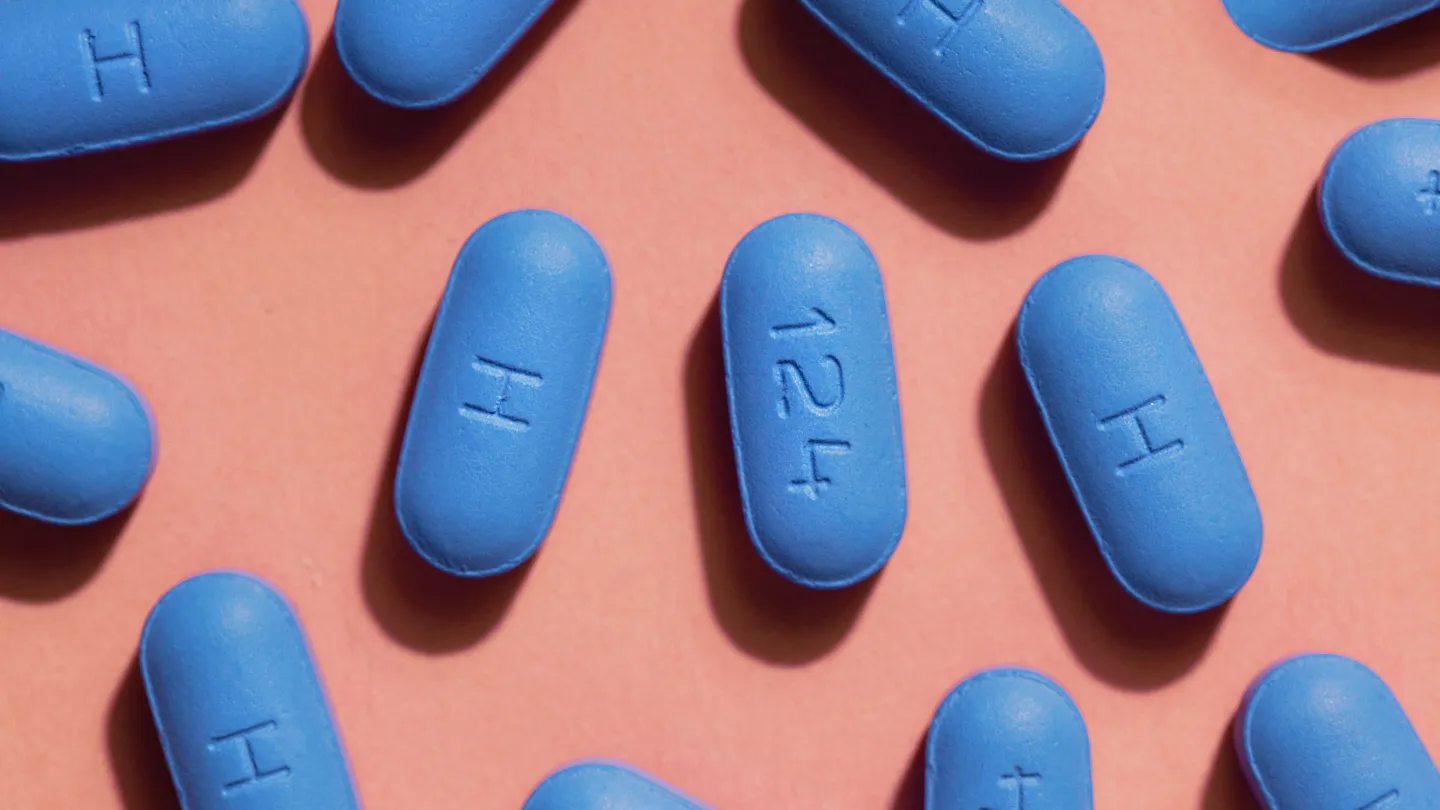
Introduction: Why Access to PrEP Matters
Pre-exposure prophylaxis, commonly known as PrEP, has become one of the most significant breakthroughs in HIV prevention. For individuals at higher risk of exposure, PrEP offers an opportunity to take control of their health and dramatically lower the chance of contracting HIV. However, one of the most frequent questions people ask is: how to get PrEP without insurance?
In the U.S., access to healthcare can feel complex—especially for those without private insurance. While insurance often makes it easier to cover preventive medication, many individuals do not have active health plans. The good news is that PrEP is not out of reach. With the right information and available support programs, it is possible to get PrEP even without insurance coverage.
This landing page explores how much is PrEP, the impact of PrEP on HIV, how PrEP works to reduce HIV incidences, and whether PrEP is 100% effective, while providing detailed insights on navigating PrEP access in the U.S.
What Is PrEP?
PrEP stands for pre-exposure prophylaxis. It is a preventive strategy where individuals who are HIV-negative take medication to lower their risk of acquiring HIV. PrEP works by blocking the virus from establishing infection in the body if exposure occurs.
There are currently two FDA-approved oral PrEP medications in the U.S.:
Tenofovir disoproxil fumarate/emtricitabine (TDF/FTC)
Tenofovir alafenamide/emtricitabine (TAF/FTC)
Additionally, there is an injectable PrEP option approved for use in certain populations.
PrEP is recommended for individuals who are at high risk of contracting HIV, including:
Those with an HIV-positive partner
People with multiple sexual partners without consistent condom use
Individuals who inject drugs and share needles
Anyone concerned about HIV exposure
How Much Is PrEP?
One of the first concerns people have is the cost. So, how much is PrEP if you do not have insurance?
The direct retail price of PrEP medication can be high when viewed without assistance. However, the actual cost to the individual depends on available financial programs, community clinics, and manufacturer support. Many organizations across the U.S. provide low-cost or free access to PrEP for those who qualify.
This is why how to get PrEP without insurance becomes an essential discussion—not just about affordability, but also about ensuring equal access to HIV prevention.
How to Get PrEP Without Insurance
For uninsured individuals, several practical pathways exist to access PrEP:
1. Patient Assistance Programs (PAPs)
Pharmaceutical companies often sponsor patient assistance programs that provide medication at reduced or no cost to individuals without insurance. Eligibility usually depends on income level and residency status.
2. Community Health Centers
Local clinics and federally qualified health centers (FQHCs) frequently offer PrEP services for uninsured patients. These clinics sometimes receive government funding, allowing them to provide affordable preventive care.
3. State and Local PrEP Programs
Some states run dedicated HIV prevention initiatives that cover PrEP costs for uninsured residents. Checking with state health departments can reveal available programs.
4. Clinical Trials and Research Programs
Occasionally, research studies provide PrEP access at no charge for eligible participants. This can be another path to obtain medication and contribute to scientific progress.
5. Nonprofit and Community Organizations
LGBTQ+ centers, HIV advocacy groups, and nonprofit health organizations frequently help individuals navigate PrEP access without insurance. Many have staff dedicated to enrollment in financial assistance programs.
By combining these resources, it is possible to get PrEP without insurance while still receiving medical monitoring and support.
PrEP and How It Works to Reduce HIV Incidences
Understanding the science behind PrEP is key to appreciating its role in HIV prevention.
PrEP works by maintaining sufficient levels of antiretroviral medication in the bloodstream. If HIV enters the body, these drugs prevent the virus from multiplying and establishing infection.
Clinical studies consistently show that PrEP reduces HIV incidences significantly when taken correctly. For example:
In populations with consistent daily use, PrEP lowers the risk of sexual transmission by over 90%.
Among people who inject drugs, risk is also greatly reduced when PrEP is taken consistently.
The public health impact has been profound. Cities and regions that expanded PrEP access observed substantial declines in new HIV infections. This demonstrates the direct impact of PrEP on HIV prevention efforts across the United States.
Is PrEP 100% Effective?
A common question remains: Is PrEP 100 effective?
The answer is no preventive method is 100% effective, but PrEP comes close when used correctly. Effectiveness depends on:
Adherence: Taking PrEP daily (or as prescribed) ensures maximum protection.
Regular Testing: HIV and STI testing every few months is recommended to ensure ongoing safety.
Medical Monitoring: Healthcare providers track kidney function and overall health for long-term users.
When combined with other strategies like condom use and regular health check-ups, PrEP offers one of the strongest available protections against HIV transmission.
The Impact of PrEP on HIV
The impact of PrEP on HIV extends beyond individuals—it benefits entire communities. By lowering the number of new infections, PrEP contributes to the broader public health goal of reducing HIV incidence nationwide.
Key outcomes include:
Lower infection rates in communities with high PrEP coverage
Improved quality of life for at-risk individuals who gain peace of mind
Decreased stigma as conversations around HIV prevention become normalized
Support for ending the epidemic by making new infections rarer over time
The long-term impact of PrEP is reshaping the future of HIV prevention in the U.S.
Challenges in Getting PrEP Without Insurance
While solutions exist, barriers remain for uninsured individuals:
Lack of awareness about assistance programs
Limited clinic availability in rural areas
Stigma related to HIV prevention medication
Concerns about confidentiality and privacy
Addressing these challenges requires continued education, outreach, and policy improvements. For individuals, connecting with community organizations and trusted health providers is often the first step toward overcoming these barriers.
How to Take PrEP Safely
For those considering PrEP, understanding safe use is critical:
Get an HIV test before starting to confirm negative status.
Consult a healthcare provider to determine the best PrEP option.
Take medication consistently as prescribed.
Schedule follow-up visits every 3 months for testing and monitoring.
Discuss side effects with your provider if they occur.
Adherence is the single most important factor in maximizing effectiveness.
Future of PrEP Access in the U.S.
Healthcare policies continue to evolve regarding PrEP. Expansions in coverage under national and state programs aim to make preventive medication universally available. Advocates push for PrEP access as a standard preventive service, regardless of insurance status.
The future likely includes:
More long-acting injectable PrEP options
Simplified enrollment programs for uninsured individuals
Continued reductions in HIV transmission rates nationwide
Sources & References
Centers for Disease Control and Prevention (CDC). PrEP effectiveness and guidelines.
World Health Organization (WHO). Global impact of PrEP on HIV incidence.
U.S. Department of Health & Human Services (HHS). HIV prevention programs and assistance.
National Institutes of Health (NIH). Research on PrEP adherence and outcomes.
Disclaimer
This landing page is for informational and educational purposes only. It is not intended as medical advice. Individuals should consult with a qualified healthcare professional before starting, changing, or stopping any medication. Availability and eligibility for assistance programs may vary based on state and individual circumstances.
